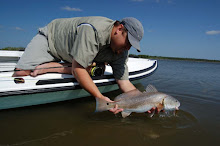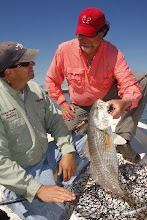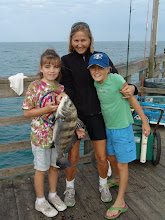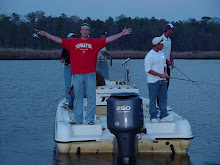 “For the Benefit and Enjoyment of the People”
“For the Benefit and Enjoyment of the People”Our National Park System was born over 138 years ago as an effort to set aside pristine areas here in the US for the purpose of providing our citizens the opportunity of hands-on enjoyment of nature’s beauty. Today there are 376 National Parks that encompass 83 million acres of the most beautiful and awe inspiring landscapes the planet Earth has to offer.
This property has been bought and paid for, maintained and protected with monies generated from taxes and revenues collected from our US citizenry. We believe, and rightfully so, that this same citizenry should be allowed to enjoy these properties in a responsible manner.
Authorized on August 17, 1937, The Cape Hatteras National Seashore has historically been a destination for both vacationers and recreational fishermen from all across not only our nation, but the whole world as well. Comprising 31,263 acres, Cape Hatteras stretches north to south across three islands: Bodie, Hatteras, and Ocracoke.
The islands are linked by NC 12, which is the only major route through the park. From the north, NC 158 accesses the Outer Banks at Kitty Hawk, and then intersects NC 12 at the park's northern entrance below Nags Head. US 64 comes in from the west at Roanoke Island, and also intersects NC 12 at the park's northern entrance. State-operated toll ferries access the park's southern entrance at Ocracoke Island from Cedar Island or Swan Quarter. Its lands include 5,834-acre Pea Island National Wildlife Refuge, administered by the US Fish and Wildlife Service.
Recreational fishermen should be allowed access to areas that historically have been traveled by ORV transportation. This can be accomplished in a way that holds the highest regard for both conservation and protection to the coastal environment. The NC Recreational fisherman is the best friend and advocate that the Cape Hatteras National Seashore enjoys. Maintaining this relationship should be of utmost priority to all concerned, including the National Park Service and the recreational fishermen.
Considering the fact that human interaction with the property held in public trust by our national parks is the “life blood” that provides both revenues and protection for a robust, healthy management and protection system, every effort must be made to continue this access by our citizenry to this Seashore!
The 5,834 acres in the Pea Island National Wildlife Refuge combined with nearby numerous “spoil islands,” create tremendous areas of nesting habitat for both shore birds and wading birds. The fact that Pea Island NWR is set aside exclusively to protect shore birds, wading birds, waterfowl, wildlife, and nesting environments, and all human activity is tightly restricted, makes it even more important to maintain controlled fisherman access to the other beach areas where surf fishing has been historically practiced.
In this regard, the CFRG supports all efforts and energies to restoring reasonable and environmentally friendly ORV access to areas that historically have provided access to recreational fishermen on the Cape Hatteras National Seashore.
 CCA NC blasted the NC Marine Fisheries Commission for making management decisions based on politics, and ignoring blatant "conflict of interest" issues at the recent NC MFC meeting in New Bern, NC. Tarheel anglers have long recognized CCA NC as the authoritative voice for coastal recreational fishing, and the CFRG heartily agrees with and supports the CCA NC position and statement.
CCA NC blasted the NC Marine Fisheries Commission for making management decisions based on politics, and ignoring blatant "conflict of interest" issues at the recent NC MFC meeting in New Bern, NC. Tarheel anglers have long recognized CCA NC as the authoritative voice for coastal recreational fishing, and the CFRG heartily agrees with and supports the CCA NC position and statement.










.jpg)








